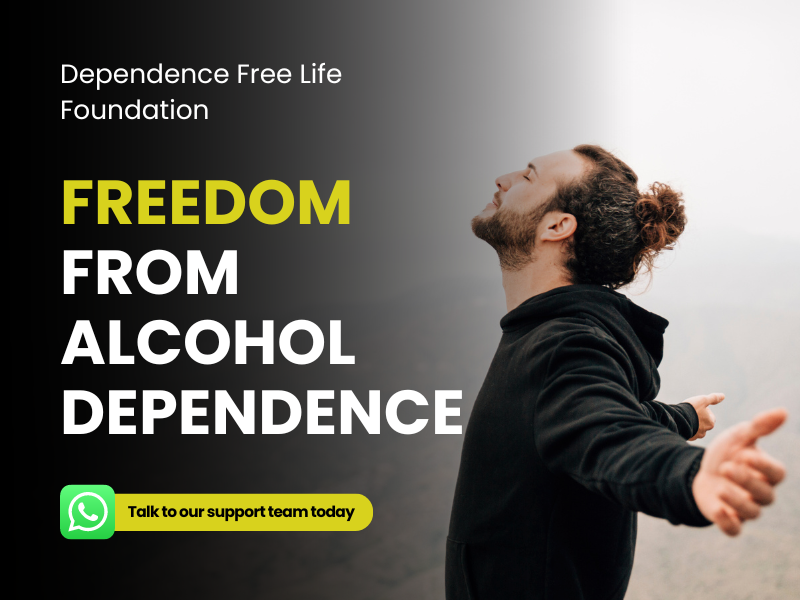Global & Indian Scenario of Alcohol Addiction
Alcohol addiction, or Alcohol Use Disorder (AUD), is a significant global health issue. According to the World Health Organization (WHO) and other global studies, alcohol addiction contributes to a wide array of social, economic, and health problems:
Global Statistics
-
1. Prevalence:
- Alcohol Consumption: Worldwide, alcohol consumption is estimated at 6.4 liters per capita (age 15+), with wide regional variations.
- Alcohol Use Disorder (AUD): Globally, over 107 million people suffer from AUD. About 5.3% of all deaths (3 million per year) are attributable to alcohol consumption.
-
2. Regional Variations:
- Europe: Europe has the highest alcohol consumption per capita, with Eastern Europe and Russia facing severe alcohol-related public health challenges.
- Americas: The US and Canada experience high rates of alcohol use and related disorders, particularly binge drinking and addiction.
- Africa: Alcohol consumption rates are lower compared to Europe and the Americas, but alcohol-related harm remains significant due to weaker healthcare systems.
- Asia-Pacific: Countries like South Korea and Japan experience high per capita alcohol consumption, while alcohol use is rising in Southeast Asia.
-
3. Health Impacts:
- Alcohol addiction is a major risk factor for non-communicable diseases such as liver disease, heart disease, cancer, and mental health disorders.
- Alcohol-attributable deaths are highest among individuals aged 20-39 years, often due to accidents, suicides, and violence.
-
4. Socioeconomic Impact:
- Alcohol addiction burdens healthcare systems, law enforcement, and the economy due to lost productivity, healthcare costs, and alcohol-related crime.
- The Global Burden of Disease Study estimates alcohol contributes to 10% of the global disease burden in disability-adjusted life years (DALYs).
-
5. Policies and Interventions:
- Countries have adopted policies like taxation, advertising restrictions, and public health campaigns to reduce alcohol consumption.
- The WHO's "Global Strategy to Reduce the Harmful Use of Alcohol" promotes regulation, public awareness, and addiction treatment services.
Indian Scenario of Alcohol Addiction
Alcohol addiction is a major public health issue in India, with significant social, economic, and health consequences:
Alcohol Consumption in India:
-
1. Prevalence:
- India is among the top 10 countries in alcohol consumption, with an estimated 11.6 liters per capita per year (WHO 2019).
- Alcohol consumption is predominantly higher among men (27%) compared to women (2.1%), with binge drinking on the rise, especially among youth.
-
2. Alcohol Use Disorder (AUD):
- An estimated 29 million people in India suffer from AUD, with over 10 million being alcohol dependent.
- Rural and economically disadvantaged populations show high alcohol dependence, with widespread consumption of locally brewed alcohol.
Health and Social Impact:
-
1. Health Impacts:
- Liver Diseases: Alcohol is a leading cause of liver diseases, including cirrhosis, which accounts for 20-30% of liver cirrhosis cases in India.
- Mental Health: Alcohol addiction is linked to rising rates of depression, anxiety, and suicidal tendencies.
- Injuries and Accidents: Alcohol is a major contributor to road accidents, violence, and injuries, particularly among young men.
- Non-Communicable Diseases: Alcohol contributes to heart disease, hypertension, and cancer in India.
-
2. Social Impacts:
- Alcohol addiction disrupts families, leading to domestic violence, child abuse, and marital issues.
- In poorer sections of society, alcohol addiction perpetuates poverty due to lost wages and health expenses.
Policy and Regulations in India:
-
1. Legal Age and Sales Regulation: The legal drinking age in India varies by state, ranging from 18 to 25 years. Some states, such as Gujarat and Bihar, enforce prohibition.
-
2. Alcohol Bans and Prohibition: Prohibition in certain states like Bihar has met with mixed success, with illegal alcohol trade and toxic liquor incidents persisting.
-
3. Taxation and Pricing: Alcohol is heavily taxed in India, providing significant revenue for states, while high taxes are used as a deterrent in some cases.
-
4. Public Health Interventions: Government and NGOs have initiated awareness campaigns and rehabilitation programs, although access to treatment remains limited. Programs like the National Mental Health Programme (NMHP) provide some treatment services for addiction.
Cultural and Social Shifts:
Traditionally, alcohol consumption in India has been stigmatized, but changing cultural norms, particularly in urban areas and among youth, have led to rising alcohol use. Despite restrictions on direct alcohol advertising, media exposure shapes attitudes toward alcohol consumption.
Conclusion:
Globally and in India, alcohol addiction is a growing concern due to its widespread health, social, and economic consequences. Addressing alcohol addiction requires a multifaceted approach, including stronger regulatory measures, public health interventions, and expanded access to healthcare and treatment services.



